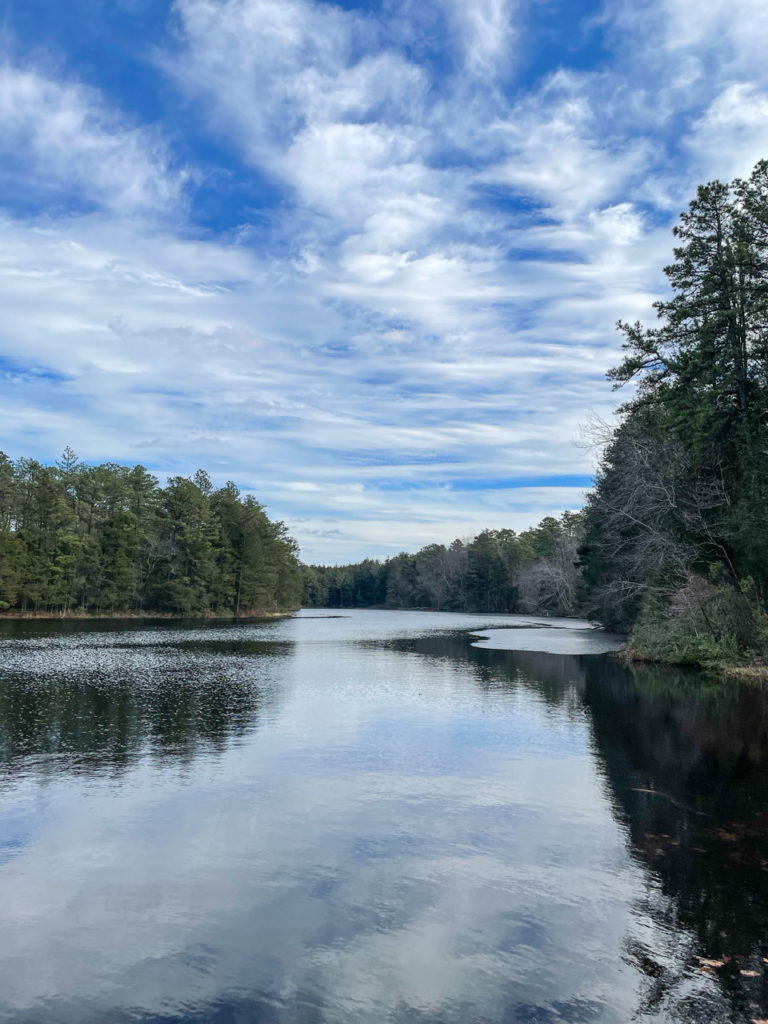
Just Another Pine Barrens Pond

You begin to interest me…vaguely

Speaking of ghost towns, Friendship is one of many abandoned towns in the New Jersey Pine Barrens. It was founded around the 1860s as a cranberry farming town. Cranberry packing finally ended around 1960 or so, and at least some people were still living here into the 1970s. The cranberry bogs are still here.
Coincidentally I visited here about a week after controlled burning by the New Jersey Forest Fire Service, so it was much easier to see many of the old building foundations.

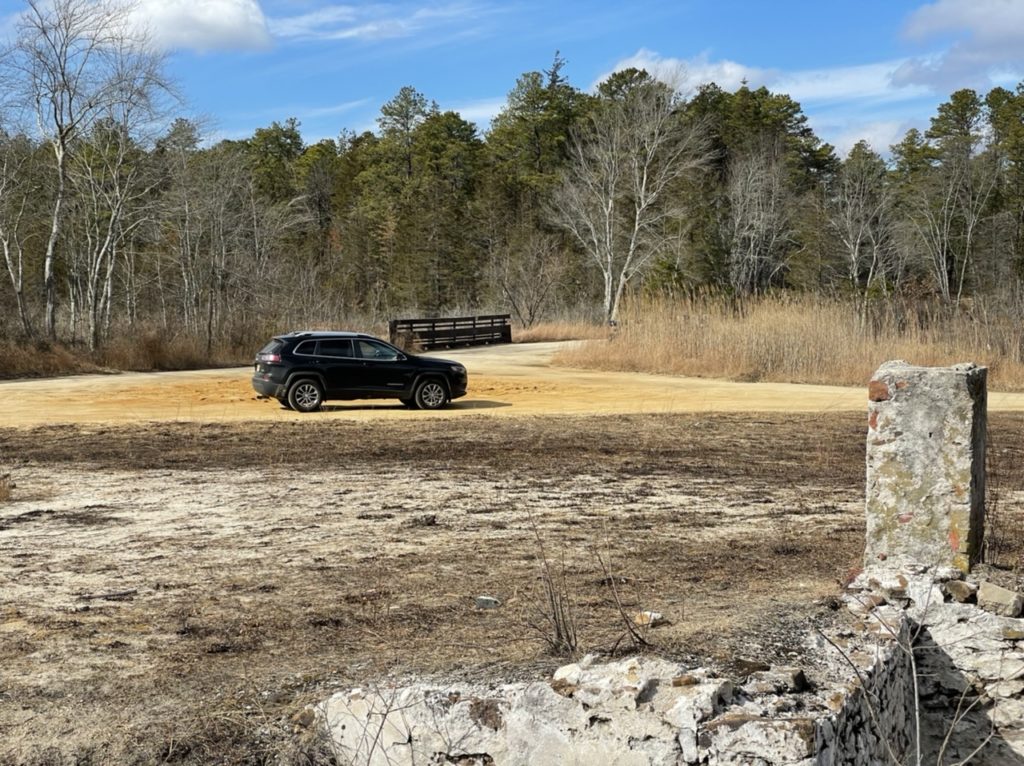
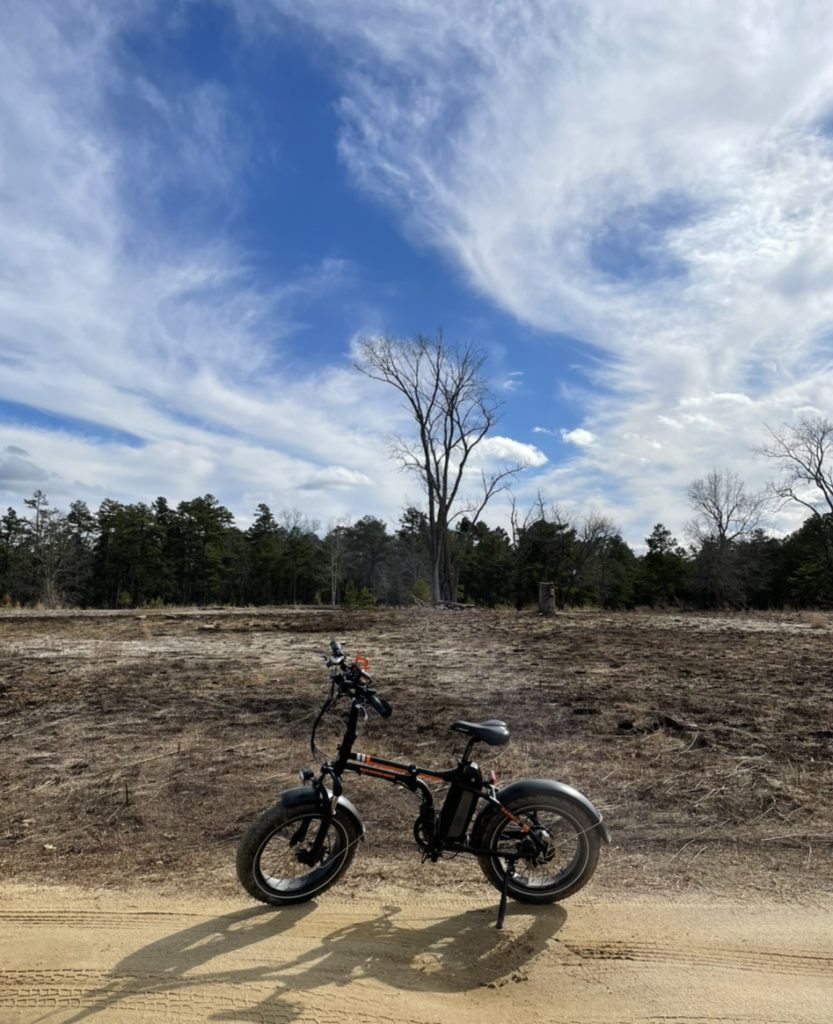
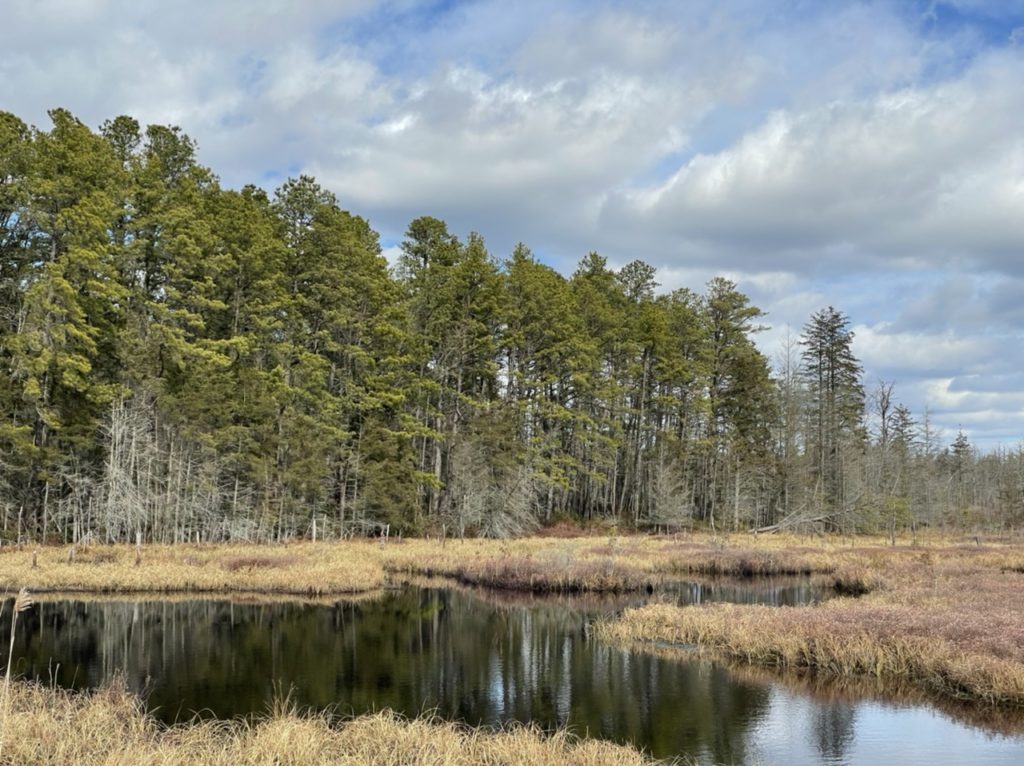

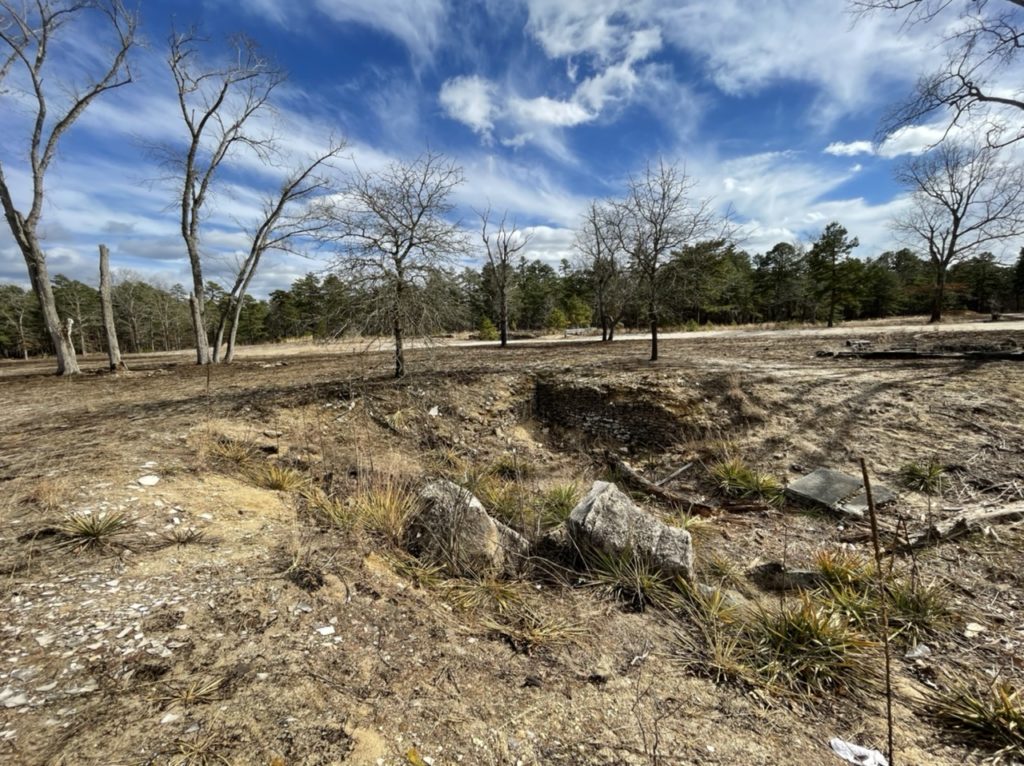
On the first warmish day in a while, I took the Radmini to check out a new river crossing. Beginning on the Delaware and Raritan Canal at Scudder Falls in New Jersey, I rode up the brand new ramp to the 10 feet wide multi-use path on the new Scudder Falls Bridge, which carries I-295 over the Delaware River to Pennsyvlania. The first span of this bridge opened in July 2019. The old bridge (which had opened in 1961) was then demolished and construction began on the second span, which was completed a year later. The shared pedestrian/bicyclist path then opened this past November.
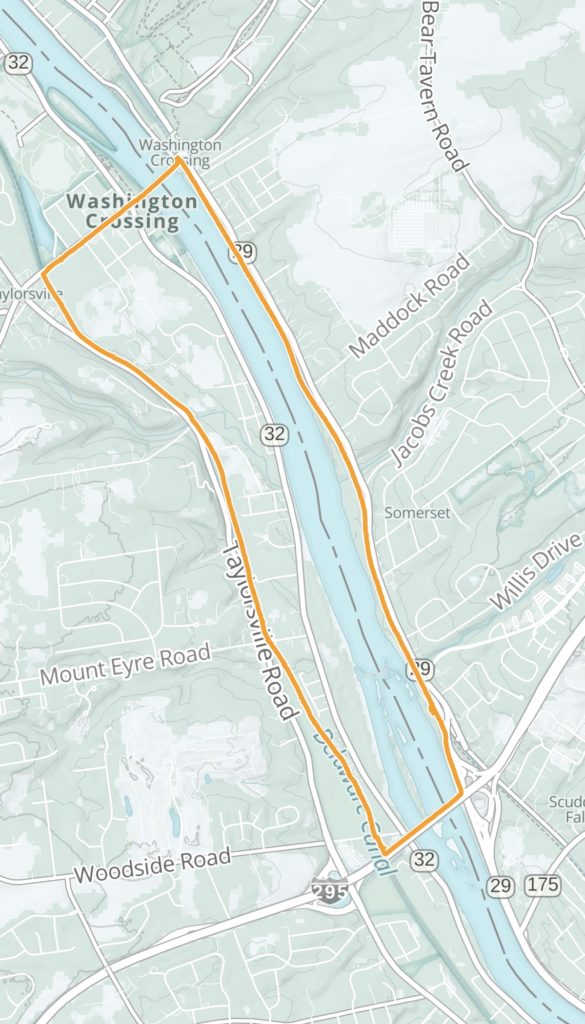
The overpass was busy with with other bikers, walkers, and a few dogs. Coming off the bridge into Pennsylvania, I turned north up the Delaware Canal towpath to Washington’s Crossing. I crossed back into New Jersey on the old and narrow Washington’s Crossing bridge. The piers that support this bridge date back to 1831, while the superstructure was built in 1904. Each car lane is only 7.5 feet wide (so, 2.5 feet narrower than the bike/walk path on the new bridge). After that, it was a quick ride up the D&R canal to my starting point.
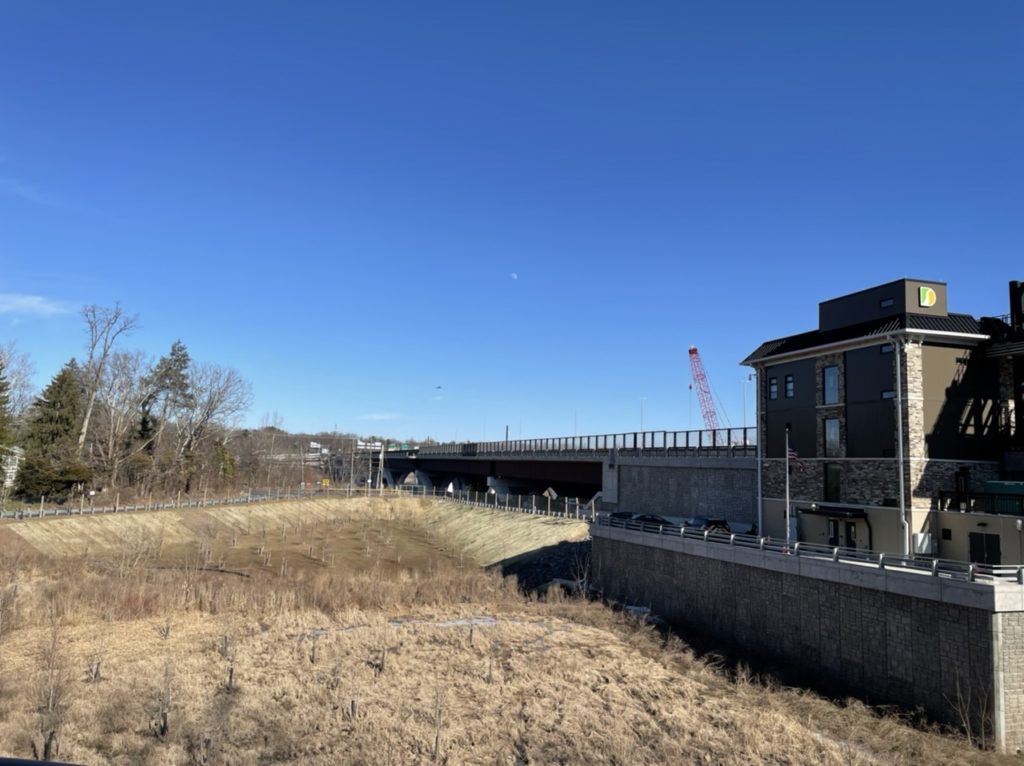


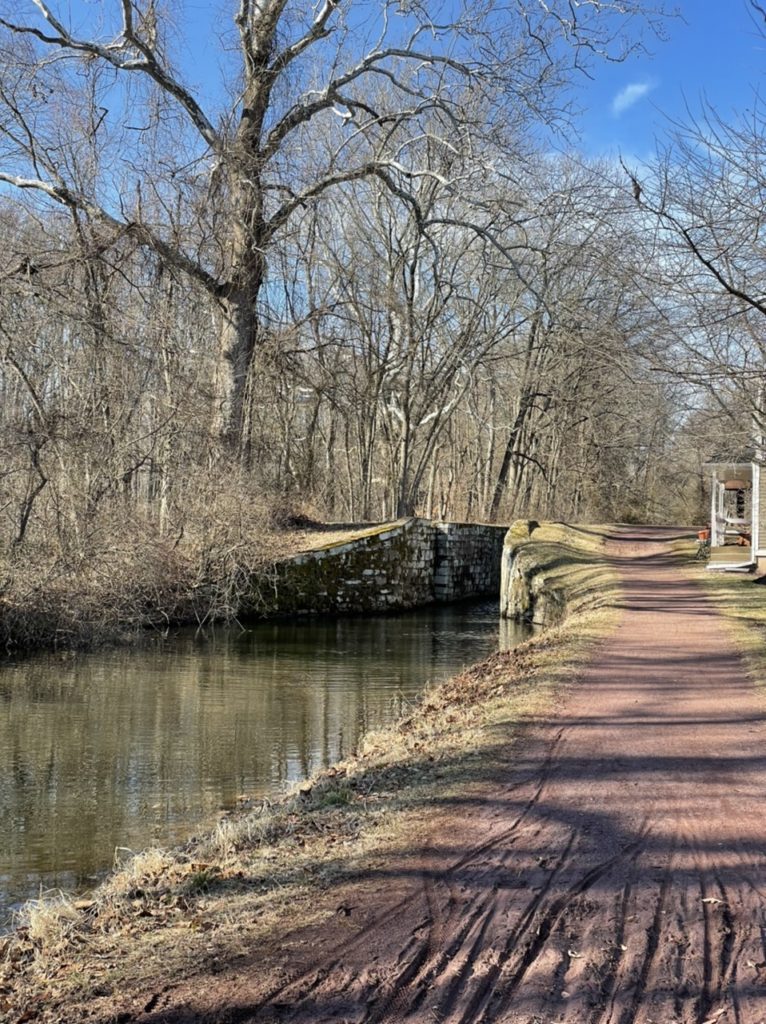











Featured image: The Bellagio Conservatory.
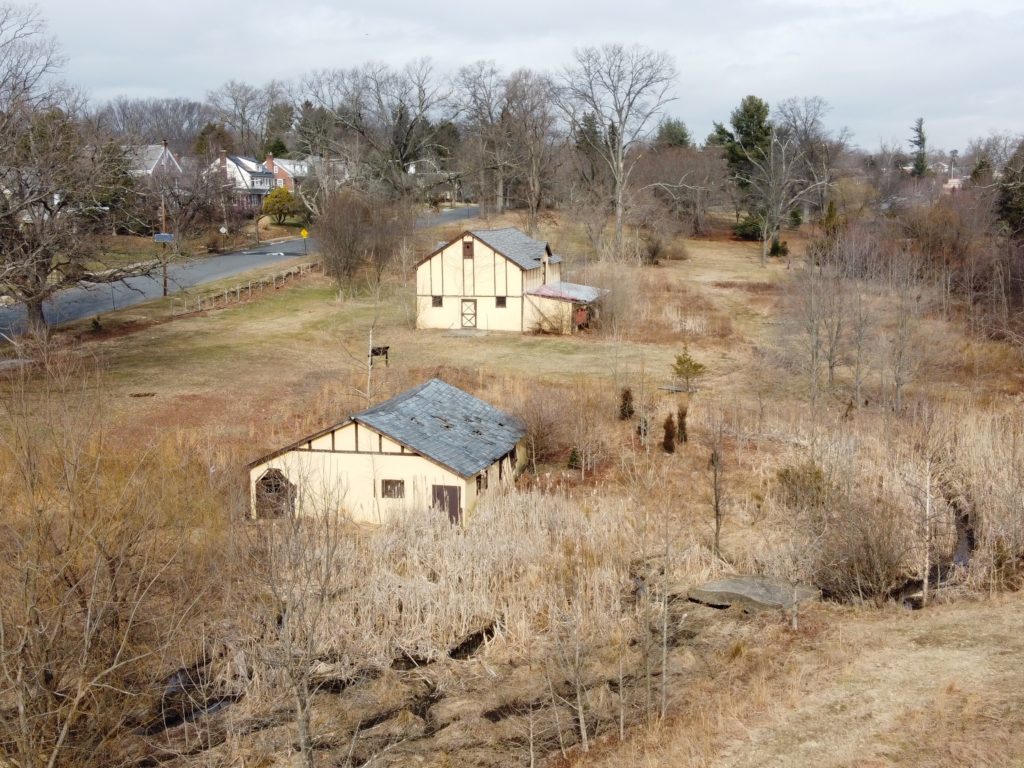
Frederick Law Olmstead did not want a zoo in the park he designed for the city of Trenton, but Trenton gave the people what they wanted anyway. These barns were added later and housed exotic deer and other animals into the 21st century. Recent work has restored the natural areas, but the abandoned and decaying animal barns remain in place for now.
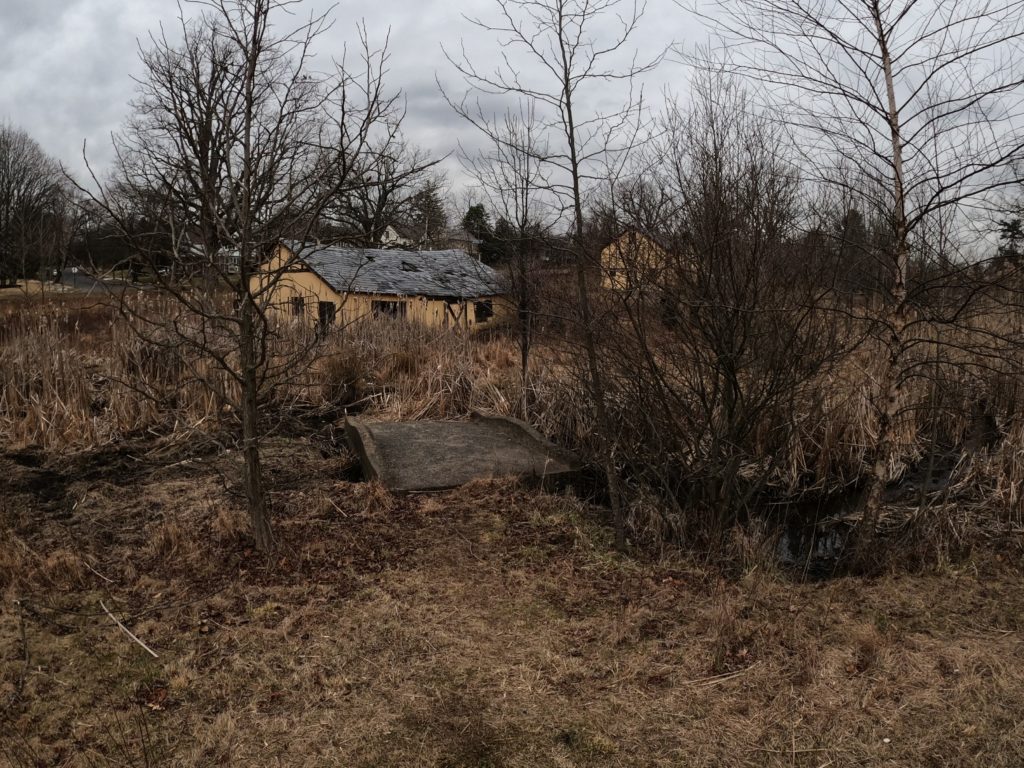

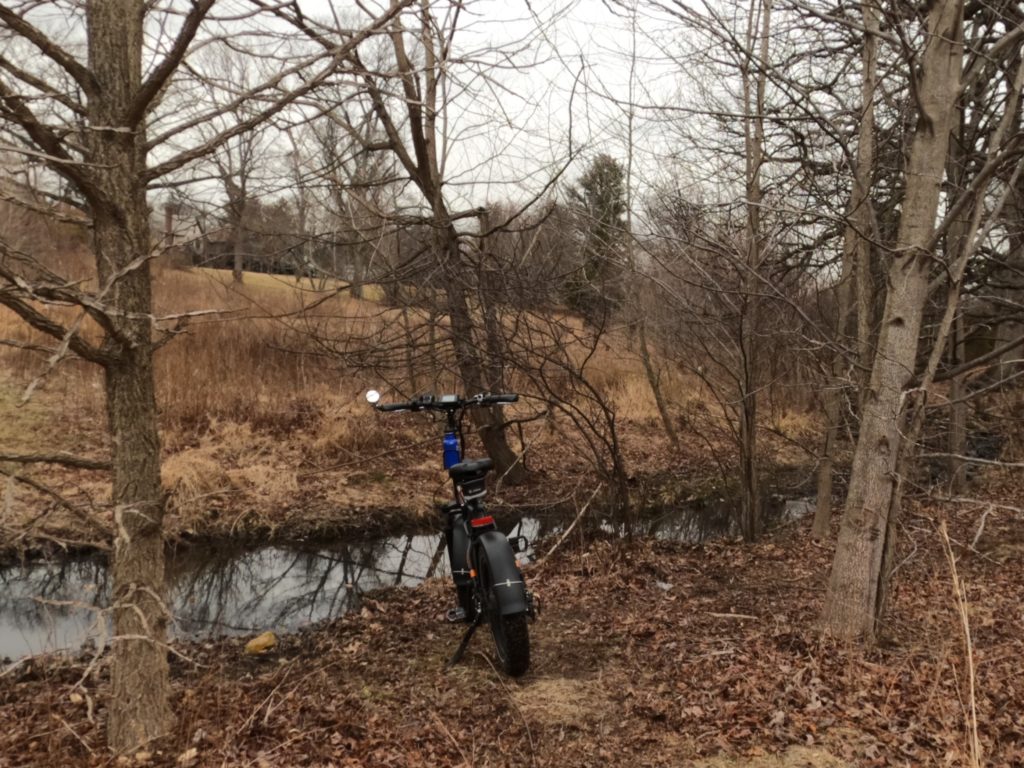
To see what this area looks like in the summer, see Cadwalader Park Natural Area.

Serendipitous is not the right word to use when you find yourself riding your bike alone in the woods around Crystal Lake on Friday the 13th. Fortunately, this was not Camp Crystal Lake, the stomping grounds of infamous axe-murderer Jason Voorhees. That’s up in north Jersey.
This Crystal Lake Park is near Bordentown in central Jersey. The park is mostly farm fields, with some steep wooded areas along the bluff overlooking Crystal Lake. To get to the park, you do have to drive down Axe Factory Road. I saw no actual axe factory, nor, I’m happy to say, any axe-wielders.



After writing about Lee’s Union-Alls the other day, my thoughts naturally turned to Carhartt’s coveralls, the archaeologist’s cold-weather friend.
The Carhartt company, coincidentally, was founded the same year as the H.D. Lee Company, 1889, when Hamilton Carhartt started selling bib overalls in Detroit, Michigan. Carhartt’s coveralls appeared by the World War II era, and likely earlier, but Lee’s claim to be first seems valid.

Like the original H.D. Lee company, the Carhartt company proudly proclaimed their support of Union workers. The modern Carhartt company, unlike Lee, is still a family-owned business, and about half of their workers are Union members.




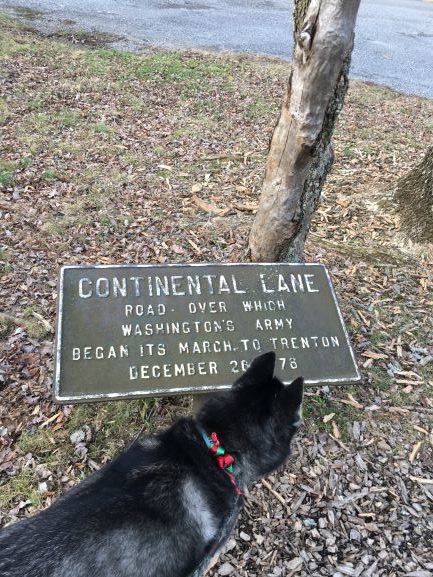

Blizzards of historic proportions are not all bad: